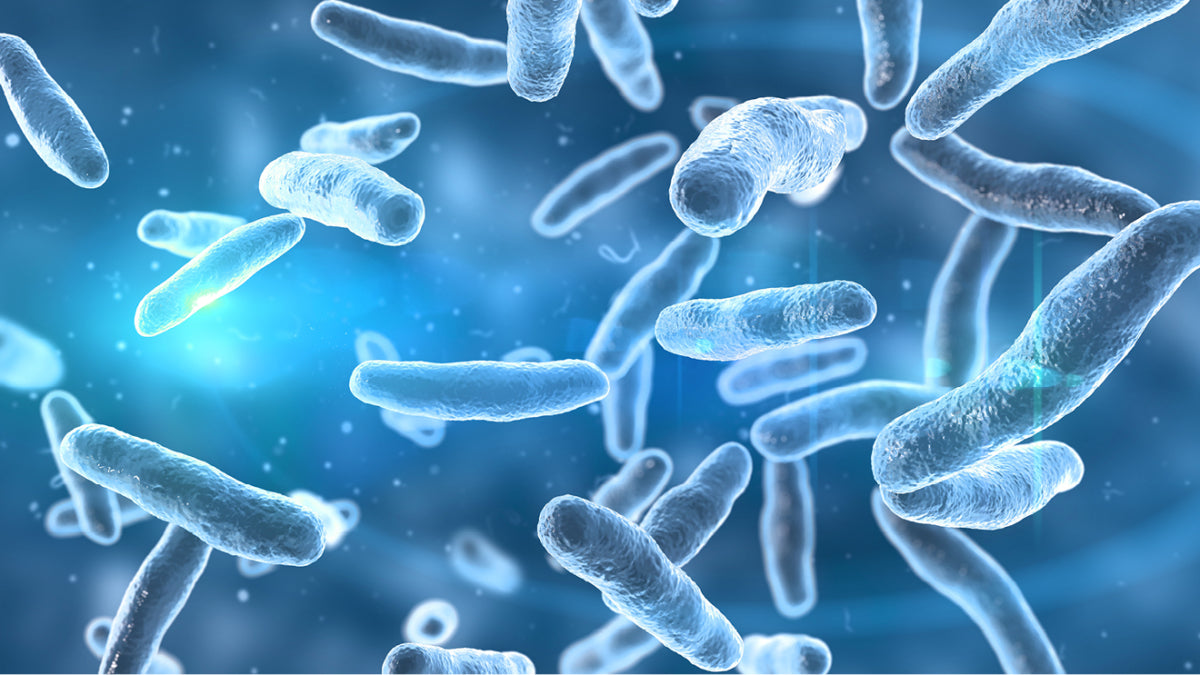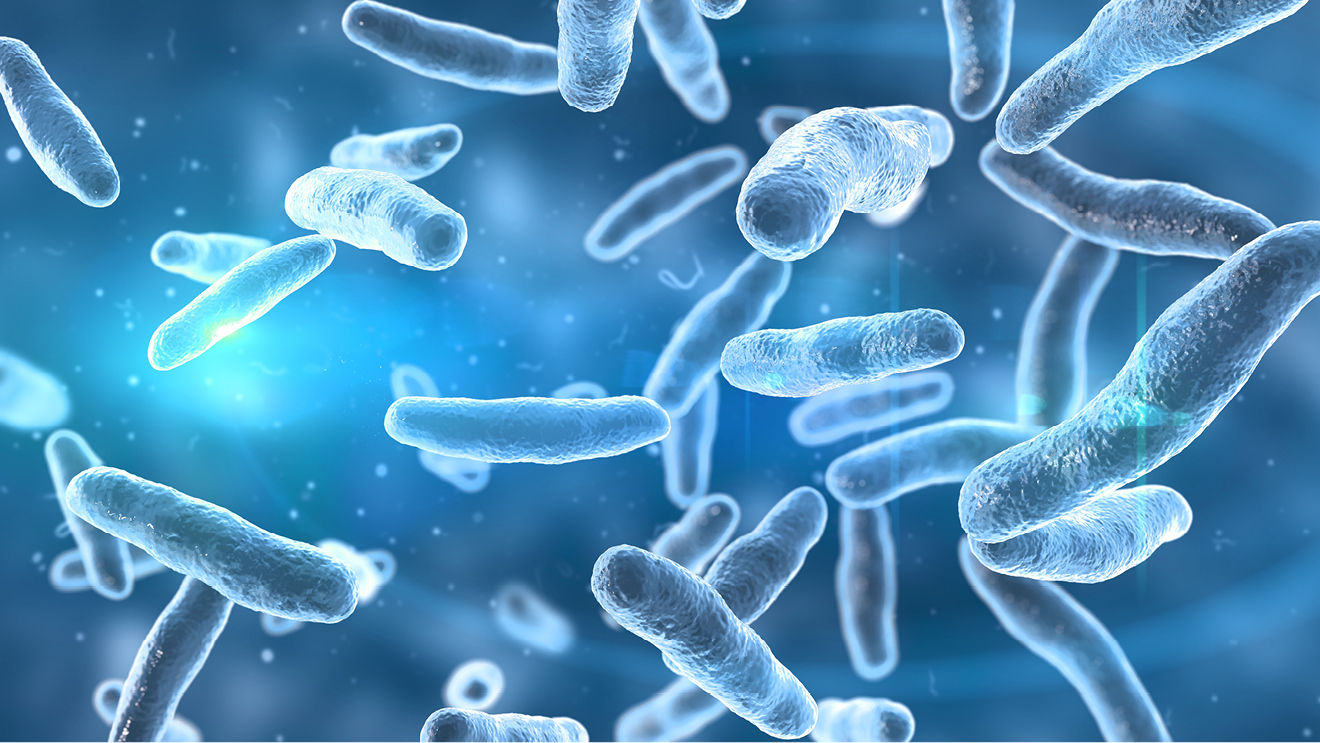Current medicine claims to be evidence-based. It is known that, in scientific research, evidence can change over time. Indeed, according to Karl Popper, research advances thanks to the principle of falsifiability of results. According to Popper, if even a single result does not satisfy a theory, it must be revised.
Think of the great progress that has been possible thanks, for example, to having replaced the heliocentric theory with the geocentric one, to having accepted that the atom (a-atom = indivisible) was divisible up to the sub-atomic particles, to having accepted the existence of antimatter.
Of course, some great discoveries have not been easily welcomed, some have cost an arm or two.
Thus, today, especially recent discoveries on the microbiota are disrupting aspects of physiology, medicine and nutrition. This new evidence is so strong that we cannot understand why it has not been applied in clinical practice and nutrition.
In February 2020 in Washington, DC. a Workshop was held entitled: “Saturated Fat and Health: A Nutrient or Food Approach?” , which was funded by the Nutrition Coalition, a nonprofit, educational, nonpartisan organization whose primary purpose is to ensure that U.S. nutrition policy is based on rigorous scientific evidence.
Nutrition experts from the Universities of Copenhagen, Houston, Austin, Birmingham, Ontario, Boston and San Francisco participated in the workshop. Their communications were published in J Am Coll Cardiol.

Translation of a paragraph:
FROM INDIVIDUAL NUTRIENTS TO WHOLE FOODS: LESSONS FROM ANCESTRAL DIETS, PROCESSED FOOD AND THE FOOD MATRIX
The effect on general health of fats and oils depends on the content of SFA and unsaturated fatty acids but it is not just the sum of the effects of the individual lipid components that determines this effect. Rather, the interaction effects of natural components and unhealthy compounds introduced by processing play a decisive role. These compounds are often overlooked when evaluating the health effects of oils and fats, and the risk of this is illustrated by the story of “trans fats.”
Replacing traditional dairy fats with vegetable oils has a long history, dating back to at least the 1870s U.S. legislation and driving the debate over saturated versus unsaturated fats. In the 1950s, the main component of vegetable oils: linoleic acid, capable of decreasing plasma cholesterol concentrations, and therefore hypothesized to have a more favorable effect on atherosclerosis than saturated fats, the latter which instead could increase cholesterol.
However, despite its high SFA content, milk fat does not promote atherogenesis. The ability of adult humans to digest milk's only sugar, lactose, has separately evolved numerous times, demonstrating unequivocally that the ancestors of modern humans required continuous consumption of dairy products for survival until reproductive age.
Sheep, goat and sheep domestication began around the same time, about 10,000 years ago, coinciding with the emergence of lactase persistence (i.e. the ability to digest lactose).
Saturated fats from the meat of these species were probably an important contributor to the human diet, along with fruit oils where available, such as olive, avocado and palm, all low in polyunsaturated fats, with the latter also a high saturated fat content.
Coconut fat would have been the only highly lipid seed and this is also highly saturated. Consumption of seed oil, which now dominates the food supply, would have been negligible until the advent of industrialized fat extraction in recent centuries. These historical facts demonstrate that fats were a critical and abundant part of the ancient human diet.
In the 1970s, many experimental studies in animal models were conducted with dietary coconut oil of unspecified origin, which caused dramatic increases in liver and blood cholesterol in rodents; this has been taken as evidence that dietary SFAs are intrinsically atherogenic.
However, coconut oils of the time were generally highly processed and often fully hydrogenated. Recent more delicate preparation methods produce "virgin" coconut oils that do not increase LDL cholesterol compared to usual diets, and also have similar effects in humans compared to olive oil. Rodent studies have shown that while highly processed (“refined-bleached-deodorized”) coconut oil increases serum cholesterol, virgin coconut oil does not.
Over the last decade, the concept of process contaminants generated by high-temperature treatment of oils in the presence of trace metals has come to the fore. Glycidyl triglyceride derivatives and monochloropropanediol esters (MCPD, common contaminants) have been well studied for their carcinogenicity in rodents. Recently, the metabolic effects of virgin coconut oil and its processing were studied on human liver cells. The method was developed to allow cells to absorb whole oil, including process contaminants. The oil was passed through successive processing phases, starting with:
-Phase 1: virgin oil
-Phase 2: removal of fatty acids
-Phase 3: bleaching
-Phase 4: deodorization
With increased processing, cellular cholesterol and HMGCoA reductase expression increased while the activity of the cholesterol oxidation enzyme CYP7A1 decreased. An important chemical alteration in the oil was the increase in both glycidyl esters and MCPD.
Surprisingly, the addition of glycidol or MCPD to virgin coconut oil partially recapitulated the effects on cellular cholesterol metabolism. Experimental studies in rodents using oxidation-resistant linoleic acid, di-deuterated in the bis-allylic position, support the hypothesis that oxidation products, and not specific fatty acids, cause plaque formation in transgenic mouse models.
Human studies, which assume that all foods high in saturated fat are similarly atherogenic, were performed in times before the recognition of process contaminants.
The American Heart Association recently issued a presidential recommendation to avoid saturated fats, based on studies conducted in the 1960s and 1970s. Three studies conducted in Europe (Oslo, Norway; London, United Kingdom; and Helsinki, Finland) and one study conducted in the United States (Los Angeles) include key evidence chosen based on quality of design, execution, and adherence of study.
These studies were expected to compare diets high in polyunsaturated fats over a period of at least two years, and to include biomarkers of adherence and collection of CVD events. The key quality parameters were that the diets should not include unsaturated trans fats as major components and that the dietary intake of the comparison groups was controlled.
However, careful inspection of diets actually indicates that this was not the case: First, partially hydrogenated fish oils were the main constituents of European (and Canadian) margarines. Hydrogenated fish oils are rich in a wide range of trans monoenes and polyenes not found in partially hydrogenated vegetable oils. The Oslo study, for example, explicitly reports an estimate of partially hydrogenated fish oil at 40 to 50 g/day.
Secondly, the 3 European studies used usual diets as a comparison, which were then replaced with experimental diets.
It can therefore be inferred that the European studies tested polyunsaturated fats against plus-saturated trans fats, meaning that any effects described cannot be assigned to saturated fats alone.
Removing these three studies from the meta-analysis leaves only the US study, which found no significant differences between groups for its primary CVD outcome. We believe the latter is the correct interpretation of these studies.
Taken together, these observations strongly support the conclusion that the healthfulness of fats is not a simple function of their SFA content, but rather is the result of the various components of the food, often referred to as the “food matrix.” Although various SFAs have distinct metabolic roles, extensive evidence is available both from research on specific foods and from other food components and consequently the food matrix likely dominates over saturated fat content.

Comment:
The animal studies that provided evidence for the toxicity of saturated fats were conducted on hydrogenated (i.e. highly processed) coconut oil, as were the European clinical studies in which partially hydrogenated fish oil was administered.
More recent studies show that it is the processing of the oil that produces its toxicity and that "virgin" coconut oil, i.e. extracted with delicate procedures, has the same characteristics as olive oil, which correspond to the best ever.
An elegant work shows how, starting from virgin coconut oil and subjecting it to various processes (hydrogenation, decolorization and deodorization) it produced an increase in cholesterol due to the increase in the HMGCoA enzyme, which is responsible for the biosynthesis of cholesterol, and a decrease of an enzyme involved in its oxidation called CYP7A1. In other words, it has been demonstrated how, by subjecting coconut oil to various processes, the result obtained is the following: increase in synthesis and decrease in demolition.
The manufacturing processes alter the composition of the oils which are enriched in glycidyl esters and MCPD. The addition of these molecules to virgin oils produces the same effects on the synthesis and metabolism of cholesterol, further confirming that those responsible for the actions on cholesterol are not the saturated fats but rather the addition of these molecules and the results of the processing.
The new evidence is very well documented in the literature, so why not review the dietary guidelines on saturated fats?



